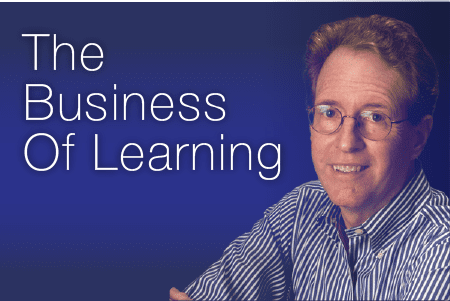Last month, I talked about the need for learning standards. I introduced three types of measures that would serve to organize our measures, just as accountants use four types of measures in their profession. This month, I will introduce three standard reports for learning and development that contain the three measures. When used together, these three reports provide a holistic and comprehensive view of learning activity just as the three standard accounting reports — income statement, balance sheet and cash flow — do for financial activity.
The three reports are operations, program, and summary. A version of these reports — called detailed reports — contains historical information like actual results by month or quarter. I will focus on reports for executive reporting, which in addition to last year’s results include the plan or target for the current year, year-to-date progress against plan, and, ideally, a forecast of how the year will end if there are no special actions, like extra staffing or budget changes. Department head and program managers should use these reports in monthly meetings to actively manage the function to deliver results as close to plan as possible. Of course, before the year starts, L&D leaders will need to decide what measures are important for the year and what reasonable plans or targets would be for those measures.
Let’s start with the operations report, which contains effectiveness and efficiency measures. Effectiveness measures are about the quality of the program — like Levels 1-5 — and efficiency measures are about the number of participants, hours, utilization rate and cost. The operations report is meant to capture the 5-10 most important effectiveness and efficiency measures at an aggregated level for the enterprise, a region, business unit or product group depending on the learning department’s scope.
For example, the operations report might show last year’s plan, YTD results and forecast for unique and total participants for all the courses being offered. It might also show the average Level 1, 2 and 3 for all courses being offered. The department head would use this report monthly to see if the department is on track to meet plan for the year. If it appears the department is not on track, senior learning leaders need to understand why and agree on what actions to take to get back on plan.
The program report also contains effectiveness and efficiency measures, but its focus is at the program or initiative level rather than the enterprise level. It is designed to show the key programs in support of a single company goal, like increasing sales by 10 percent or reducing operating cost by 5 percent. Under each identified program are the most important effectiveness and efficiency measures. The program report also would contain an outcome measure showing the planned impact or contribution from learning on the goal. So, the report pulls together the key programs and measures required to achieve the desired impact on the goal.
The owner of the goal, like the senior vice president of sales, and the learning leaders would agree on the programs; outcome, effectiveness and efficiency measures; and plans or targets for the measures before the programs begin. The goal owner and L&D also need to agree on their mutual roles and responsibilities, including how the owner plans to reinforce learning. Department head and program managers use program reports each month to ensure everything is on plan to deliver the agreed-upon results.
While the operations and program reports are used to manage the function each month, the summary report is designed to show the alignment and impact of learning as well as its effectiveness and efficiency. The summary report starts by listing the company’s top five to seven goals in the CEO’s priority order, and then shows the key learning programs aligned to each. In some cases, there will be no planned learning. Learning’s role is to help achieve the company goal; the report ideally will include an outcome measure or some measure of success.
Next, the report will share three to four key effectiveness measures and three to four key efficiency measures. The target audience for this report is the CEO, chief financial officer, senior vice president of human resources and other senior leaders as well as employees in the learning function. The report lets the senior company leaders know four important things:
- Learning knows what the company’s goals and priorities are.
- Learning leaders have talked with goal owners, and the two parties have agreed on whether learning has a role to play and if it does, what kind of contribution to expect from learning.
- Learning leaders are focused on improving the effectiveness and efficiency of learning.
- Learning leaders know how to run learning like a business by setting plans and then managing each month in a disciplined way to deliver those plans.
Using these three standard reports and the processes associated with creating them will dramatically improve the learning function’s impact, effectiveness, efficiency, stature and credibility.
















